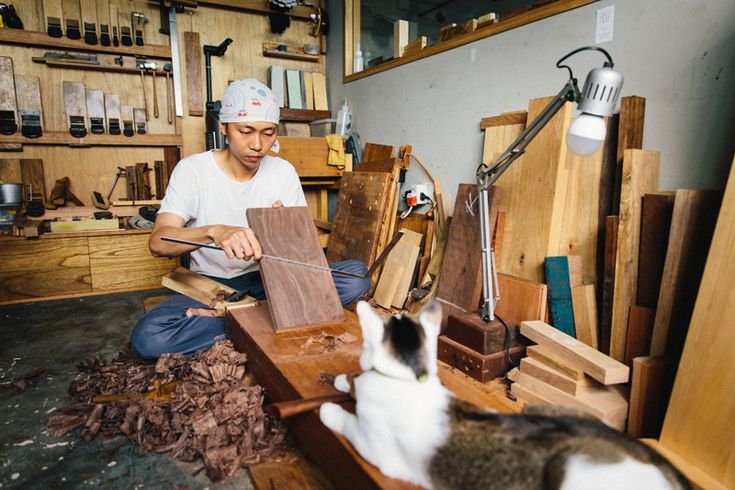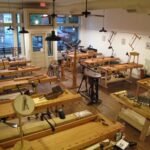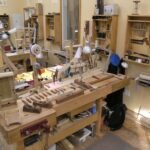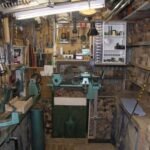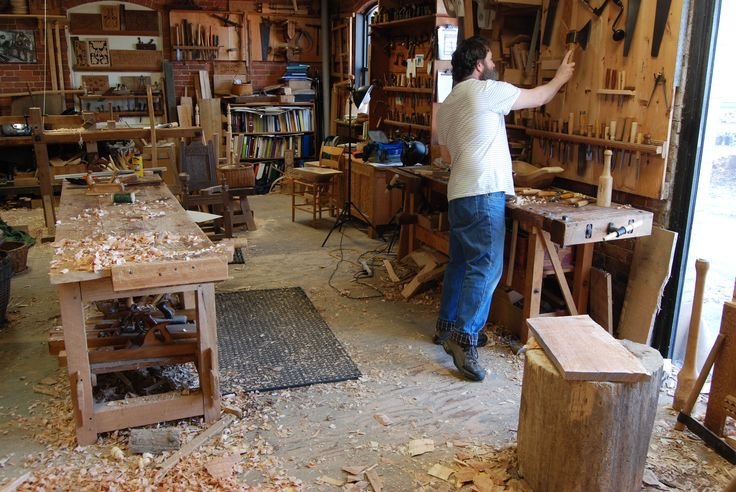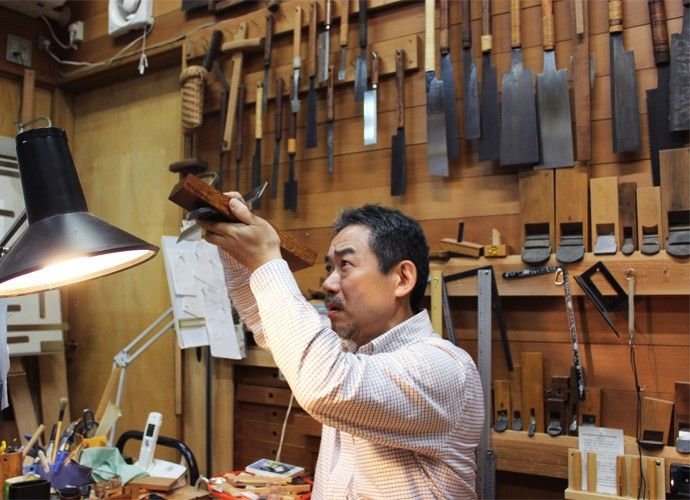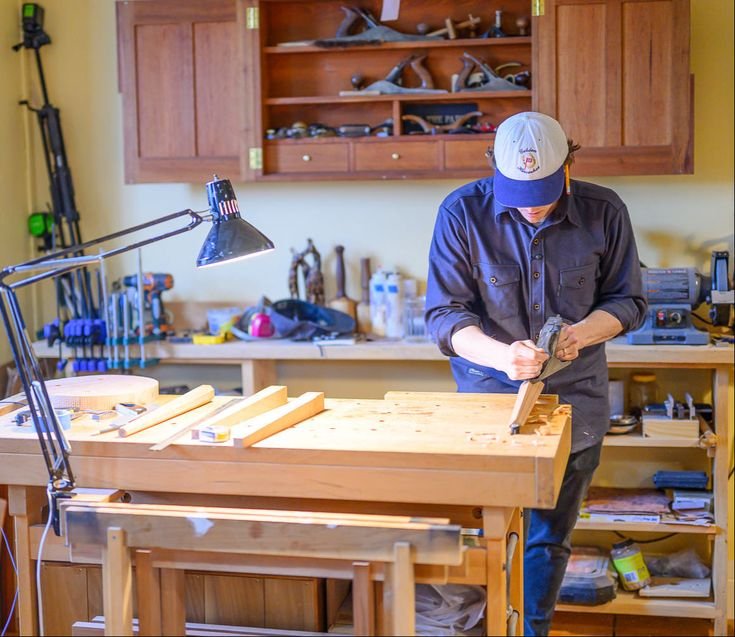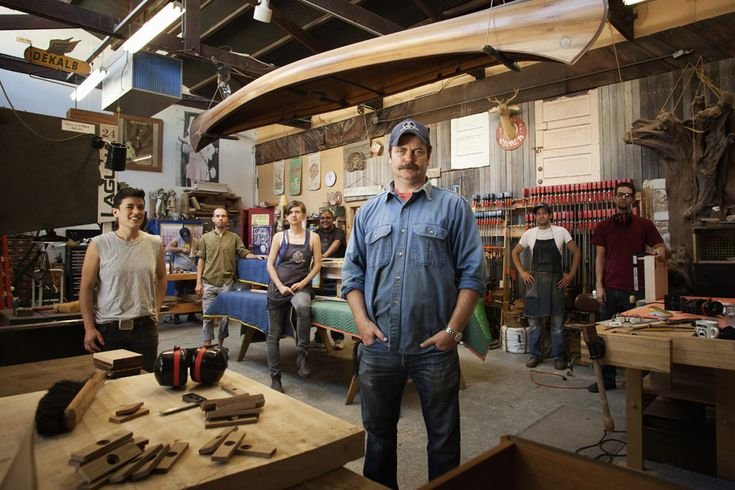Just a Little Sketch
You know, the other day I was sitting at my workbench, a cup of strong black coffee steaming by my side, thinking about how drawing really does have a place in woodworking—not that I’m an artist or anything, but, you know, sometimes you gotta put pencil to paper before you put saw to wood. It’s a lesson I learned the hard way, and boy, let me tell ya, it could’ve saved me a world of trouble.
So here’s the thing: I’ve always fancied myself more of a hands-on kind of guy. Give me a saw, some wood, and I’m off. I remember this one time a neighbor asked me to build him a shed. Simple enough, right? Just some framing, a roof, maybe a couple of windows for good measure. I think, “Hey, how can I mess this up?”
Well, here’s where not drawing came back to bite me. I went to the lumber yard—smelling that fresh-cut pine, you know the smell I mean? It’s like the smell of promise and possibility. Picked out some 2x4s from the stacks, grabbed a big ol’ sheet of plywood, and thought I was set. But as I started cutting and piecing things together, I just… well, you know what? I didn’t really know what I was doing. I had this vague notion in my head, but when I started laying out the frames, I found myself staring at a jumbled mess.
“Okay, maybe I should’ve sketched this out first,” I muttered to myself, trying to make sense of the sawhorses that now looked more like a game of Jenga than anything useful.
The Epiphany
That moment—standing there frustrated—was my lightbulb moment. I mean, how hard could it be to draw a simple plan? I went back inside, grabbed a piece of scrap paper, and started doodling. At first, it looked like something a raccoon might’ve sketched with a dull pencil. Lines everywhere, dimensions that made little sense. But you know what? That mess helped.
After some trial and error and probably a few too many crumpled papers thrown into the trash, I began to find my rhythm. I grabbed an old drafting pencil I’d picked up at a yard sale—cheap and not too fancy, but it felt good in my hand. And slowly, I started to see how things fit together. I sketched the layout, the roof angles, and even the placement of the windows.
I could finally picture the shed in my head instead of just wandering aimlessly through my garage. And, lo and behold, once I started cutting pieces according to my drawings, everything fell into place surprisingly well. The smell of the wood, that satisfying sound of the circular saw biting into the grain—it gave me that rush. I’m not gonna lie; I almost laughed when it all actually worked!
The Not-So-Great Moments
But let’s not pretend it was all a walk in the park. There were still hiccups. Like, I usually love working with oak—such a beautiful wood with a lovely pattern. But it can be unforgiving. I thought I’d get fancy and use it for the trim, not realizing how much router bits can give you a rude awakening. The first time I touched that oak with the router, I really thought I’d never hear the end of it from my neighbor.
Picture this: the router was screaming because I hadn’t adjusted the speed right, and there I was, trying to keep both it and my sanity in check. I mean, you think a little adjustment on the speed knob would fix everything, but nope! I ended up with more tear-out and splinters than I could count. They told me oak had a mind of its own, and let me tell ya, it sure did that day.
That’s when I made a note—uh, not literally, I don’t have a fancy woodworking journal or anything. I just kind of remembered it in my head: take it slow. Oh, and use some masking tape on the edges if you’re working with wood like that. Who knew masking tape could save your butt?
The Sweet Victory
When I finally wrapped up that shed, every door and window fit just right, and I even managed to stain the whole thing in a deep walnut, which made the oak trim stand out beautifully. Standing back and looking at my work was one of those moments where I just had to take a breath and appreciate what I’d done. Sure, it wasn’t perfect. There were a couple of places where the joints weren’t as tight as I’d hoped, but who cares, right? It was my creation.
Reflecting back on that whole project, what really got me was how drawing had helped turn a jumbled mess into something tangible. If I’d kicked myself for waiting so long to draw, it’d be for all those times I brushed it aside as “not necessary.” But in a way, it really is. Take a few moments to sketch out what you’re thinking, and it makes the building part a whole lot smoother.
So, here’s my takeaway: If you’re like me and you’ve been avoiding the drawing part of woodworking, give it a try. Dust off that pencil, find a scrap of paper, and just doodle. It doesn’t have to be fancy. Just do it! You might end up saving yourself more headaches than you can count.

